How Advisor Brand Archetypes Can Transform Your Marketing Strategy
08.27.19 | Eric Lee | 0 Market
Advisor brand archetypes may sound like an obscure theory from Psychology 101. However, when properly understood and applied, they can hold the ultimate key to building your financial advisor brand and connecting with your ideal clients.
In my last post, I talked about the importance of looking beyond surface-level visual design elements (like colors and logos) when developing a brand. Using an Empathy Target Audience Map to craft mission and vision statements for your firm is an essential step to developing an effective brand that connects with your audience.
However, there’s one other useful concept that can help financial advisors hone their messaging.
The origin of advisor brand archetypes: Carl Jung and the Archetype Theory
The Archetype Theory is a tool that originated in the field of psychology — and has since been adopted as a powerful marketing tool.
Without going too deep into history, the archetype theory is based in the work of Carl Jung, a Swiss psychiatrist and psychologist who is commonly credited as the father of analytical psychology (and pictured above). His ideas have influenced the modern field of psychology, as well as anthropology, organizational behavior, and much more.
Here is a quote from Carl Jung that, in his words, explains the importance of archetypes.
“There are forms or images of a collective nature which occur practically all over the earth as constituents of myths and at the same time, as individual products of unconscious.”
In other words, every human tribe, story, culture, and relationship is built on a foundation of naturally and commonly occurring images, patterns, and behaviors that are ingrained in our collective psyche. These patterns are connected and shaped by certain archetypes with characteristics that “match” those behaviors.
Archetypes are useful on several levels. As stories, they allow us to transfer lessons to younger generations — or to communicate ideas to others using a shared language of multi-layered meaning. Archetypes allow for instant recognition and emotional connection.
Check out: Model FA Podcast Episode #8: Featuring Eric Lee
12 archetypes in marketing
Margaret Mark and Carol Pearson brought Jung theories home to the marketing world in their book, The Hero and the Outlaw: Building Extraordinary Brands Through the Power of Archetypes.
In this now-classic book, Mark and Pearson proposed 12 archetypes based on Jung’s theories for use in branding. They are: Sage, Innocent, Explorer, Ruler, Creator, Caregiver, Magician, Hero, Outlaw, Lover, Jester, and Every Man/Woman.
Since then, countless others have grouped well-known brands into these 12 categories. This concept doesn’t just apply to big companies. Mark and Pearson purport that any brand’s voice and identity can be built around one of these archetypes, which (according to Jung) are built naturally into our subconscious. Think of it as a shortcut to quickly and accurately communicate who you are and what kind of an experience your clients should expect.
Here’s a brief summary of their 12 archetypes:
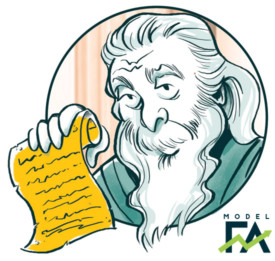
The SAGE
Goal: To help the world gain wisdom and insight
Traits: Knowledgeable, trusted source of information, wisdom and intelligence, thoughtful
Marketing Angle: Help people understand things, provide practical information/analysis
Example: BBC, PBS, Google
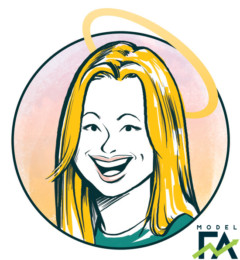
The INNOCENT
Goal: To be happy
Traits: Strives to be good, is pure, young, optimistic, simple, moral, romantic, loyal
Marketing Angle: Strong values, trustworthy, reliable, honest, moral, simple, nostalgic
Example: Dove soap, Coca-Cola
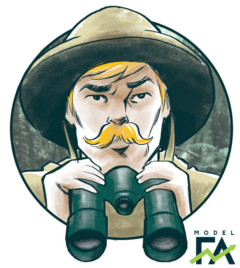
The EXPLORER
Goal: Finds fulfillment through discovery and new experiences
Traits: Restless, adventurous, ambitious, individualistic, independent, pioneering
Marketing Angle: Exciting, risk-taking, authentic
Example: Jeep, Red Bull
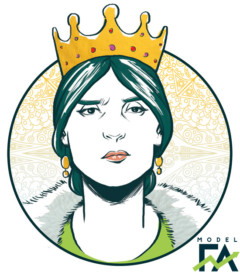
The RULER
Goal: Control, create order from chaos
Traits: Leader, responsible, organized, role model, administrator
Marketing Angle: Organized, luxury, gatekeepers, restore order, create stability/security
Example: Microsoft, Mercedes-Benz
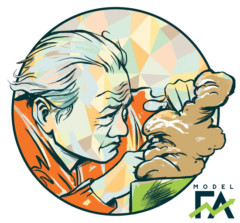
The CREATOR
Goal: Create something with meaning and enduring value
Traits: Creative, imaginative, artistic, inventive, entrepreneur, non-conformist
Marketing Angle: Visionary, help customers express or create, and foster their imagination
Example: Lego, Crayola
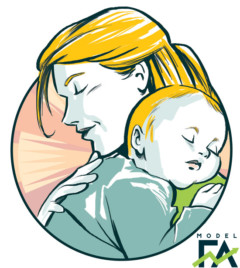
The CAREGIVER
Goal: To care for and protect others
Traits: Caring, maternal, nurturing, selfless, generous, compassionate
Marketing Angle: Help people care for themselves, serve the public Example: Campbell’s Soup, Johnson & Johnson
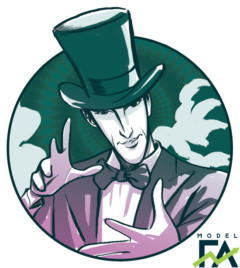
The MAGICIAN
Goal: Make dreams come true, create something unique
Traits: Visionary, charismatic, imaginative, idealistic, spiritual
Marketing Angle: Help people transform their world, inspire change
Examples: Disney, Apple
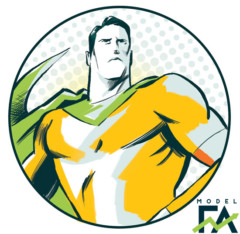
The HERO
Goal: Help to improve the world
Traits: Courageous, bold, honorable, strong, confident, inspirational
Marketing Angle: Make a positive impact, solve major problems/enable others to do so
Example: Nike, U.S. Army
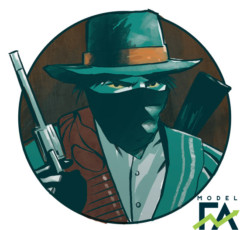
The OUTLAW
Goal: Break the rules, fight authority, seek revolution
Traits: Rebellious, iconoclastic, wild, paving the way for change
Marketing Angle: Agent of change, advocate for disenfranchised, breaks conventions
Example: Harley-Davidson, Robin Hood
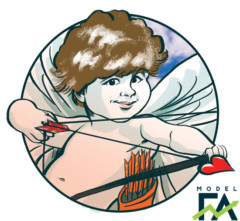
The LOVER
Goal: Create intimacy, inspire love
Traits: Passionate, sensual, intimate, romantic, warm, committed, idealistic
Marketing Angle: Help people feel appreciated, belong, connect, enjoy intimacy
Example: Victoria’s Secret, Godiva Chocolate
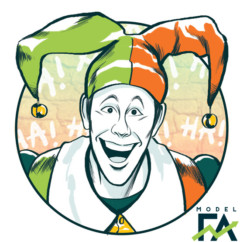
The JESTER
Goal: To bring joy to the world
Traits: Fun, sense of humor, light-hearted, mischievous, irreverent
Marketing Angle: Have a good time/enjoy life, encourage impulsiveness and spontaneity
Example: Ben & Jerry’s, IKEA
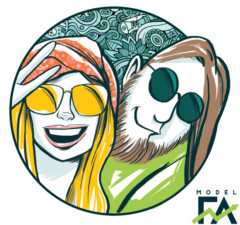
The EVERY MAN/WOMAN
Goal: To belong, or connect with others
Traits: Down to earth, supportive, faithful, folksy, person next door, connects with others
Marketing Angle: Common touch, solid virtues, gives a sense of belonging
Example: Home Depot, eBay
Advisor brand archetypes, applied
Why should you care about a dusty two-decade-old marketing book based on a century-old psychological theory?
The answer is, you can’t afford not to.
Look over the archetype descriptions above. What came to your mind as you read them? Did certain brands suddenly pop into your head as you were reading the goals and descriptions? As you scanned real-life examples for each archetype, did you, like me, think “Oh yeah, that makes sense”?
The reason each company mentioned above has a strong brand persona is because it has fully embraced its archetype. That identity has informed every aspect of their brand and every piece of their marketing strategy. As a result, you know what to expect (and what NOT to expect) from each one — just as you would with a friend or co-worker.
Disney doesn’t promise to break rules and fight authority.
Ben and Jerry’s doesn’t strive to help the world gain wisdom and insight.
Ebay doesn’t protect and care for others. Even suggesting that sounds almost comical, doesn’t it?
The same is true for you and your financial advisory business.
Many advisors would automatically lump themselves into the obvious SAGE archetype. The stated goal of helping the world gain wisdom and insight, and the traits of being a trusted source of information, wisdom and intelligence, certainly fit!
And while that may be right…perhaps you should think about your own brand in a different way.
- Do you work with members of the military or athletes? Maybe you should think of yourself as a HERO brand.
- Do you work with doctors and nurses? Maybe you’re a CAREGIVER brand.
- Do you work with entrepreneurs and CEOs? Consider the RULER archetype.
No one knows your company better than you do. So, take some time today to reflect on your mission and goal as an advisor. Think about the ultimate target and focus for your clients. Ask yourself which of the marketing angles above most clearly resonate with you and your company.
Once you’ve figured out your advisor brand archetypes, you can start to filter your messaging, marketing, and customer interactions through that lens. Share your archetype with your team. Get their feedback and thoughts. You could even ask some of your closest and most trusted clients for their feedback and input. The risk is low — and the reward can be monumental.
Sound off below with the advisor brand archetype that suits you best, and why. We’d love to hear stories about how this marketing mentality has (or could) shape the way you run your business!
